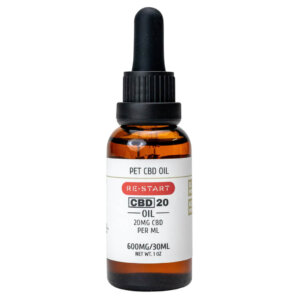Texas Special Session to begins July 21 on SB3 Hemp Regulations.Medical Marijuana Pushing Regulations for our Hemp Market including banning Delta 8. LEARN MORE Dismiss
Skip to contentWant to try Delta 8 THC? Use Code TRYD8 for a free Delta 8 THC Gummy with $50+ Purchase.

Adding CBD to food allows diners to experience its potential benefits in a flavorful, creative way. When creatively incorporated into dishes, CBD offers a subtle, earthy taste that can complement or elevate certain recipes. Many people are now starting to incorporate CBD and THC in their own home cooking, we’ll go in to why below. While you can use vapes, or take CBD gummies easier, using CBD in your cooking can greatly improve your culinary range!
CBD is commonly added to drinks like teas, coffees, and smoothies, offering an easy way to enjoy its effects without overpowering flavors. For a refreshing take, some chefs mix CBD with herbal teas or use it in cocktail syrups.
From chocolates to pastries, CBD is widely used in desserts due to its compatibility with various sweet flavors. The earthy undertones of CBD pair especially well with chocolate and caramel, creating a delightful balance of flavors. While gummies are a convenient way to consume, elevating with traditional dessert applications is a fun way to incorporate CBD into gourmet bites. You can even use CBD gummies in cake decoration, just make sure everyone knows so they don’t accidentally ingest a cannabinoid (or over indulge)!
CBD oil can be blended into sauces, dressings, or marinades, adding a unique twist to savory dishes. For instance, a CBD-infused aioli or vinaigrette can enhance the dining experience by adding both taste and wellness benefits. You can use CBD in all kinds of dishes, check out our CBD pizza recipe for examples
Notably, CBD works best in low-heat applications, as excessive heat may degrade its potency and effectiveness.
If you’re considering adding CBD to your own recipes, start with these simple yet effective tips:
With CBD’s rise in popularity, the FTC has issued guidelines to ensure companies market these products responsibly. Brands are required to:
This is not just a legal responsibility, but also a moral responsibility. While CBD has plenty of potential benefits, people should be aware they are ingesting it.
Yes, cooking with CBD at home is entirely feasible. Just start with small doses and use it in dishes that don’t require high heat.
The legality of CBD in food varies by region. In the U.S., CBD in food is not federally approved but is permitted in certain states. It’s crucial to stay updated on local regulations before serving CBD-infused foods.
While CBD is generally safe, some people may experience mild side effects like drowsiness or dry mouth. It’s always wise to try a small amount first to see how your body responds.
As the culinary world continues to embrace CBD, it’s likely that we’ll see more innovative uses, from full-course CBD meals to health-focused snacks. This trend represents more than just food—it’s a movement toward combining wellness with dining, providing experiences that nourish both body and mind.
For chefs, restaurant owners, or at-home enthusiasts, CBD opens a new world of culinary possibilities. By following best practices and ethical guidelines, CBD-infused food has the potential to enhance the dining experience, bringing a fresh perspective to both wellness and flavor.
Delve into the unique world of CBD in food and explore how it might add a new layer of enjoyment and well-being to your next meal.
SIGN UP FOR THE RESTART ROUNDUP:
FOR EXCLUSIVE DISCOUNTS, FREE SAMPLES, CANNABIS ADVOCACY, EDUCATION, & SO MUCH MORE.

2521 Rutland Dr #150A
Austin, TX 78758
(512) 843-7223
Mon-Sat 10am-7pm
Closed Sunday
Curbside Pickup & Delivery

LOCAL DELIVERY • NATIONWIDE DELIVERY
© RESTART LLC SINCE 2018-2024 • TERMS OF SERVICE • STORE POLICIES • PRIVACY POLICY • RETURNS & EXCHANGES
FDA DISCLAIMER:
The statements made regarding these products have not been evaluated by the Food and Drug Administration. The efficacy of these products has not been confirmed by FDA-approved research. These products are not intended to diagnose, treat, cure, or prevent any disease. All information presented here is not meant as a substitute for or alternative to information from health care practitioners. Please consult your health care professional about potential interactions or other possible complications before using any product. The Federal Food, Drug, and Cosmetic Act require this notice.
*LIMIT ONE COUPON PER PURCHASE. COUPON CANNOT BE USED IN CONJUCTION WITH OTHER COUPONS.